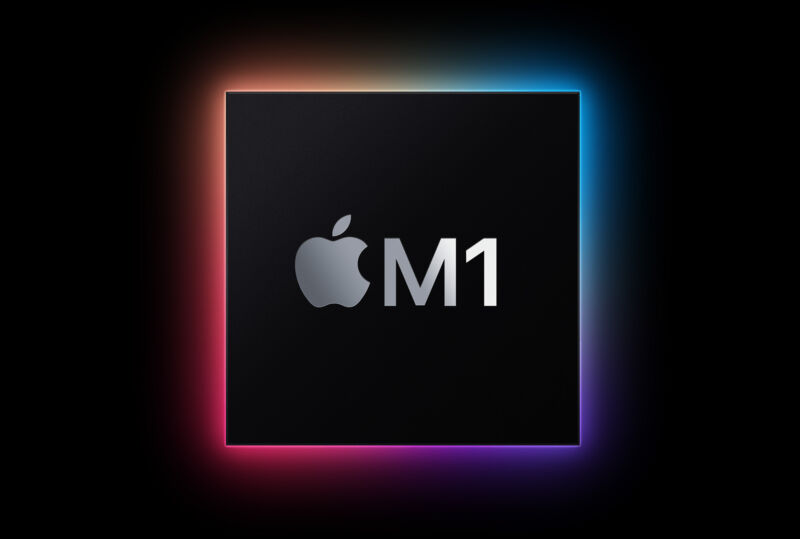
This week Apple introduced a set of new MacBook Pro laptops. During the prerecorded launch event, Apple’s engineers and executives made it clear that the MVPs in these new products are the chips that power them: the M1 Pro and M1 Max chips. With 34 billion and 57 billion transistors, respectively, they are the engines powering the new Mac devices’ super hi-res displays, providing blazing speed, and extending battery life. The laptops represent the apotheosis of a 14-year strategy that has transformed the company—literally under the hood of its products—in a massive effort to design and build its own chips. Apple is now methodically replacing microprocessors it buys from vendors like Intel and Samsung with its own, which are optimized for the needs of Apple users. The effort has been stunningly successful. Apple was once a company defined by design. Design is still critical at Apple, but I now consider it a silicon company.
A couple days after the keynote, I had a rare on-the-record conversation about Apple silicon with senior worldwide marketing VP Greg Joswiak (aka “Joz”), senior hardware engineering VP John Ternus, and senior hardware technology VP Johny Srouji. I had been asking Apple to put me in touch with Srouji for years. His title only hints at his status as the chip czar at Apple. Though he’s begun to appear on camera at recent Apple events, he generally avoids the spotlight. An Israeli-born engineer who previously worked at Intel and IBM, Srouji joined Apple in 2008, specifically to fulfill a mandate from Steve Jobs, who felt that the chips in the original iPhone couldn’t meet his demands. Srouji’s mission was to lead Apple in making its own silicon. The effort has been so well executed that I believe Srouji is secretly succeeding Jony Ive as the pivotal creative wizard whipping up the secret sauce in Apple’s offerings.
